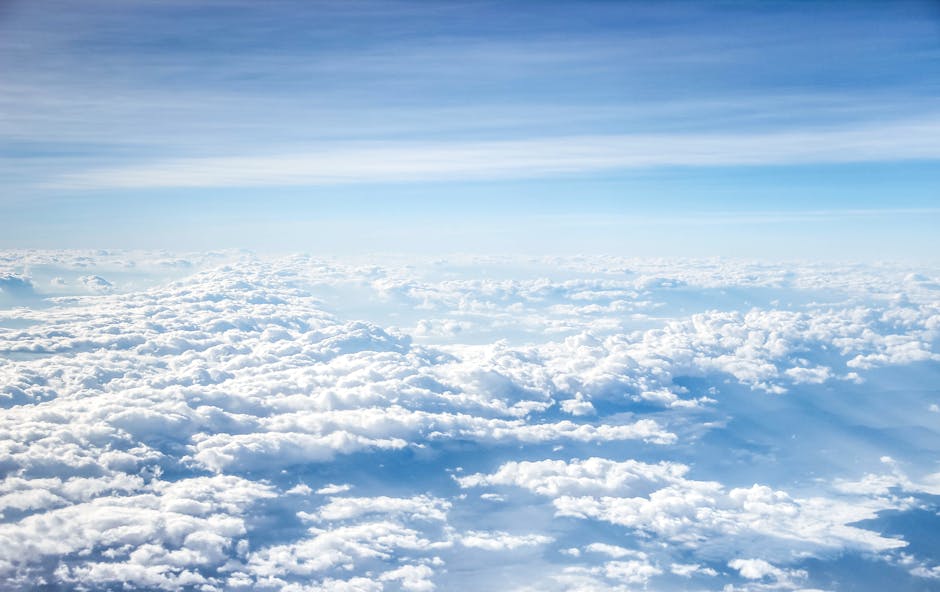Overview
Japan’s Ministry of the Environment is responsible for setting standards under the Air Pollution Control Act. Although some form of pollution regulation has been in effect since the 1930s, it was in 1968 that the Air Pollution Control Act was passed and standards for pollutants outside of particulate matter were set. The full list of pollutant limits is below.
Standard type
Ambient air quality limits
Regulating Body
Ministry of the Environment (MOE)
Current Standard
Environmental Quality Standards
Applicability
New nonroad vehicles and equipment
Categories
History
Japan’s ambient air quality standards are known as Environmental Quality Standards, formulated under the authority of the Air Pollution Control Law. Last amended by Rule No. 32 in 1996, these standards have been expanded to include additional pollutants.
Air pollution has been a point of concern in Japanese society since the 1930s. In 1932, pollution opposition movements led to the establishment of the country’s first statutory limits on particulate matter under the Osaka Prefecture. Several decades later, rapid economic expansion following the war became a source of severe air pollution. In 1968, the Air Pollution Control Act was enacted, and a year later the first SO2 standards were set. In 1974 a total volume control was implemented for SOx, followed by the addition of a NO2 standard in 1978 and a total volume control for NOx in 1981.
Technical Standards
Standards listed below are derived from the MOE website for Environmental Quality Standards.
| Substance | Environmental Conditions | Measuring Method |
|---|---|---|
| Sulfur dioxide | The daily average for hourly values shall not exceed 0.04 ppm, and hourly values shall not exceed 0.1 ppm (Notification on May 16, 1973) | Conductometric method or ultraviolet fluorescence method |
| Carbon monoxide | The daily average for hourly values shall not exceed 10 ppm, and average of hourly values for any consecutive eight hour period shall not exceed 20ppm (Notification on May 8, 1973) | Nondispersive infrared analyzer method |
| Suspended particulate mattera | The daily average for hourly values shall not exceed 0.10 mg/m3, and hourly values shall not exceed 0.20 mg/m3 (Notification on May 8, 1973) | Weight concentration measuring methods based on filtration collection, or light scattering method; or piezoelectric microbalance method; or β-ray attenuation method that yields values having a linear relation with the values of the above methods. |
| Nitrogen dioxide | The daily average for hourly values shall be within the 0.04-0.06 ppm zone or below that zone (Notification on July 11, 1978) | Colorimetry employing Saltzman reagent (with Saltzman’s coefficient being 0.84) or chemiluminescent method using ozone. |
| Photochemical oxidantsb | Hourly values shall not exceed 0.06 ppm (Notification on May 8, 1973) | Absorption spectrophotometry using a neutral potassium iodide solution; coulometry; ultraviolet absorption spectrometry; or chemiluminescent method using ethylene. |
| Notes: a. Suspended particulate matter is defined as airborne particles with a diameter smaller than or equal to 10 μm. b. Photochemical oxidants are oxidizing substances such as ozone and peroxiacetyl nitrate produced by photochemical reactions (only those capable of isolating iodine from neutral potassium iodide , excluding nitrogen dioxide.) |
||
| Substance | Environmental Conditions | Measuring Method |
|---|---|---|
| Benzene | Annual average shall not exceed 0.003 mg/m3 (Notification on February 4,1997) | Preference method: gas chromatograph-mass spectrometer (sample gas should be collected with a canister or tube) or equivalent method. |
| Trichloroethylene | Annual average shall not exceed 0.2 mg/m3 (Notification on February 4,1997) | Preference method: gas chromatograph-mass spectrometer (sample gas should be collected with a canister or tube) or equivalent method. |
| Tetrachloroethylene | Annual average shall not exceed 0.2 mg/m3 (Notification on February 4,1997) | Preference method: gas chromatograph-mass spectrometer (sample gas should be collected with a canister or tube) or equivalent method. |
| Dichloromethane | Annual average shall not exceed 0.15 mg/m3 (Notification on April 20,2001) | Preference method: gas chromatograph-mass spectrometer (sample gas should be collected with a canister or tube) or equivalent method. |
| Substance | Environmental Conditions | Measuring Method |
|---|---|---|
| Dioxins (PCDDs,PCDFs and coplanar PCBs) | Annual average shall not exceed 0.6pg-TEQ/m3 | Using high resolution gas chromatograph – high resolution mass spectrometry (HRGC-HRMS). (Samples should be collected by an air sampler equipped with an inlet filter followed by a cartridge filled with polyurethane foam.) |
| Substance | Environmental Conditions | Measuring Method |
|---|---|---|
| Fine Particulate Matter (PM2.5) | The annual standard for PM2.5 is less than or equal to 15.0 μg/m3. The 24 hour standard, which means the annual 98th percentile values at designated monitoring sites in an area, is less than or equal to 35μg/m3.(Notification on September 9, 2009) | Mass measurement with filter sample collection which is designated as a reference method, or alternative automated methods, designated as equivalent methods, which are proved to have measurement performance comparable to the corresponding reference method. |
| Notes: Fine Particulate Matter is defined as airborne particles that pass through a size-selective inlet with a 50 % efficiency cut-off at 2.5 μm aerodynamic diameter. |
||

